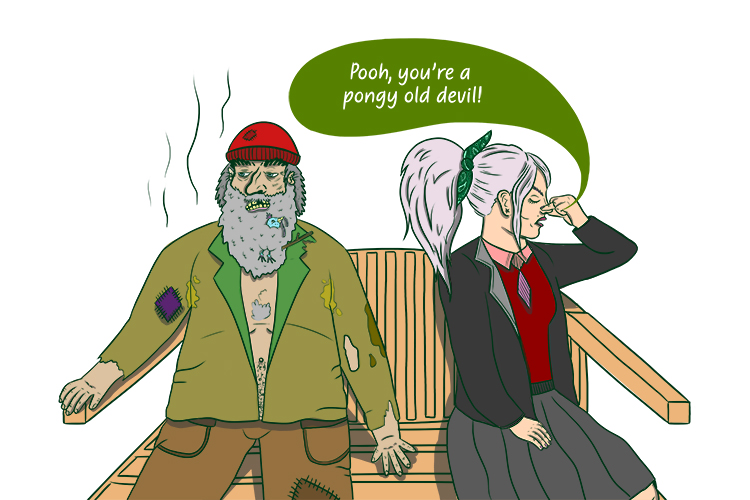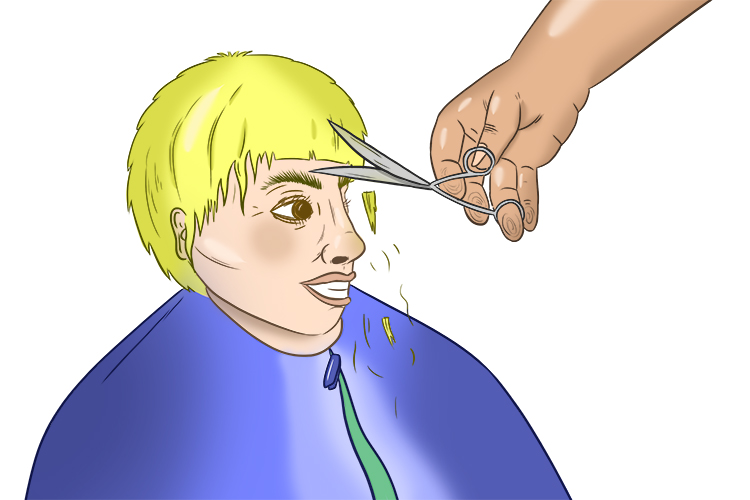How to recognise past, present or future tense
Every proper sentence must contain a verb – an “action” or “doing” word.

The building reverberated (verb) because she was taking action, doing her best to knock it down with a big hammer.
In the sentence He ran all the way home from school, the verb is “ran”, as this is the action that took place. Verbs can also relate to a state of being, for instance:
She was in her car (the verb is “was”).
It is a pleasant day (the verb is “is”).

He took a lot of verbal (verb) abuse because of his scruffy and smelly state of being.
To recognise whether a passage of writing is in the past, present or future tense you need to look for the tell-tale words that provide the key.
In some cases, the verb itself will tell you. For instance ate (as in someone has eaten something) tells you the verb is in the past. For present tense, we need eats, as in she eats the cake. Or we may need more than one word: for instance, if she’s started eating the cake and is continuing to do so, we would use is eating. In future tense, we could have will eat, will be eating, will have eaten or will have been eating.
It’s quite possible – and perfectly grammatical – to have two or even three tenses in a single sentence, for instance:
I am having to get my hair cut now (present) because I was told (past) by my headmaster that it will (future) be too long for the ceremony on Friday, and I will (future again) have no other free time to get a haircut during the week.

Many writers, however, work in just one main tense for a particular piece of writing. Most books are written in one main tense (past or present), although in some fiction books, tense may vary between chapters, especially where a book has more than one narrator and they belong to different periods, for instance the Victorian era and the present day.
The following is our guide to recognising the tense of a written passage. It should also help you to decide which tense, or combination of tenses, to use in your own writing.




